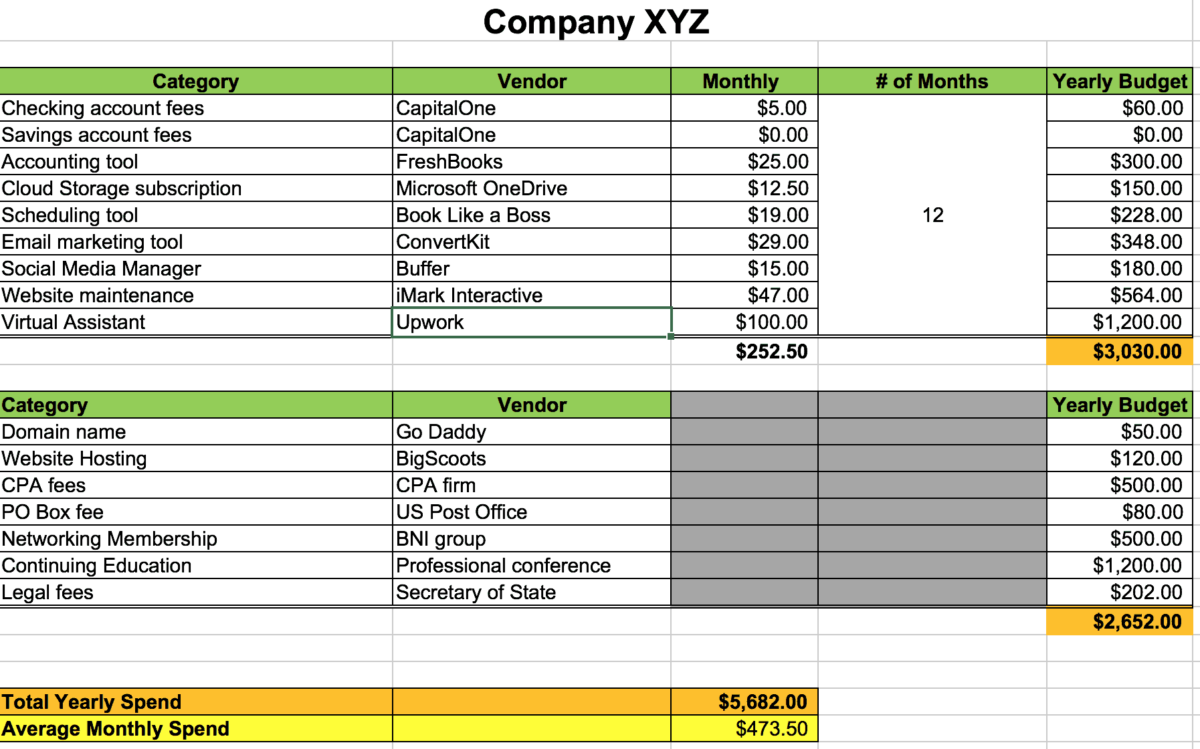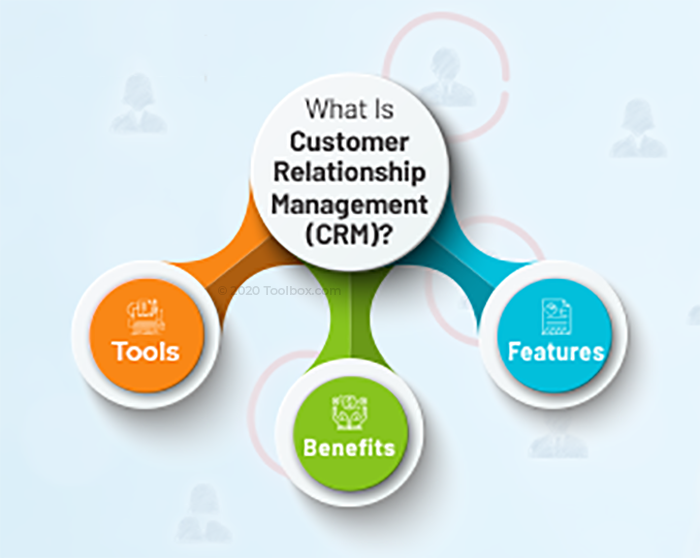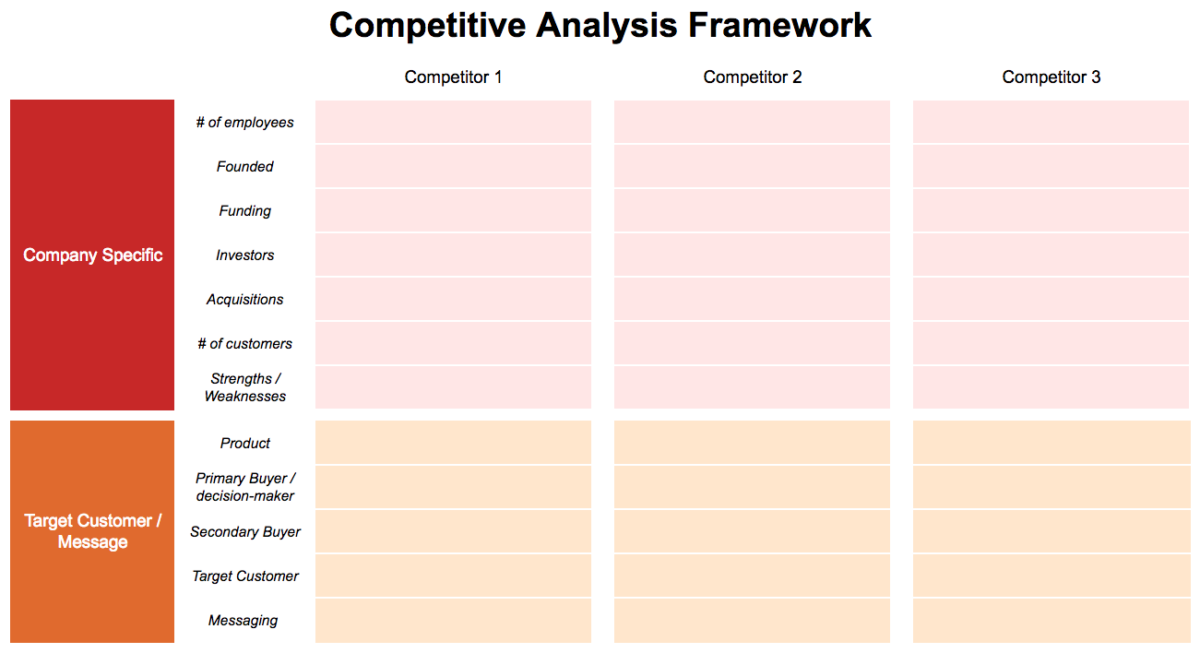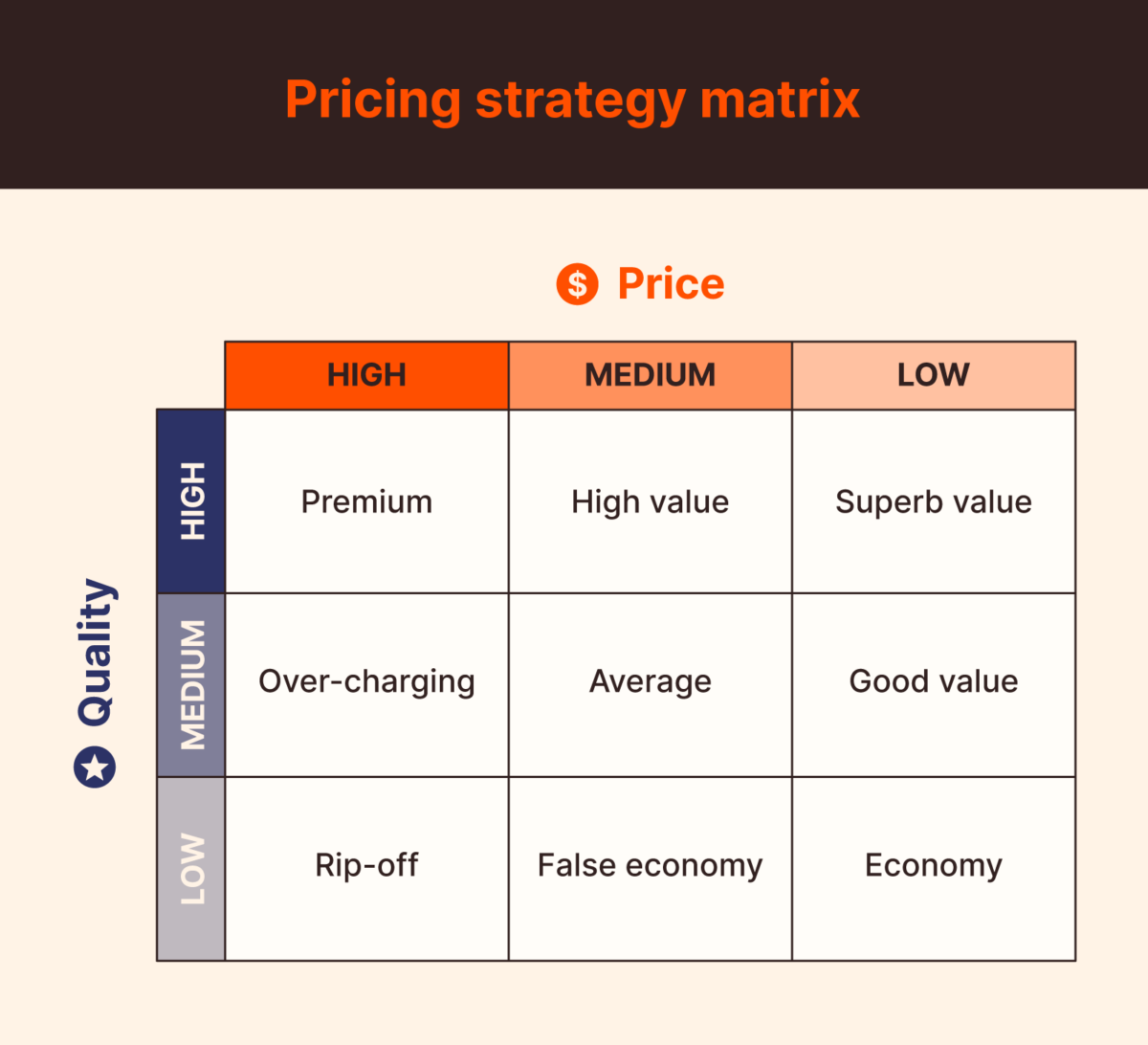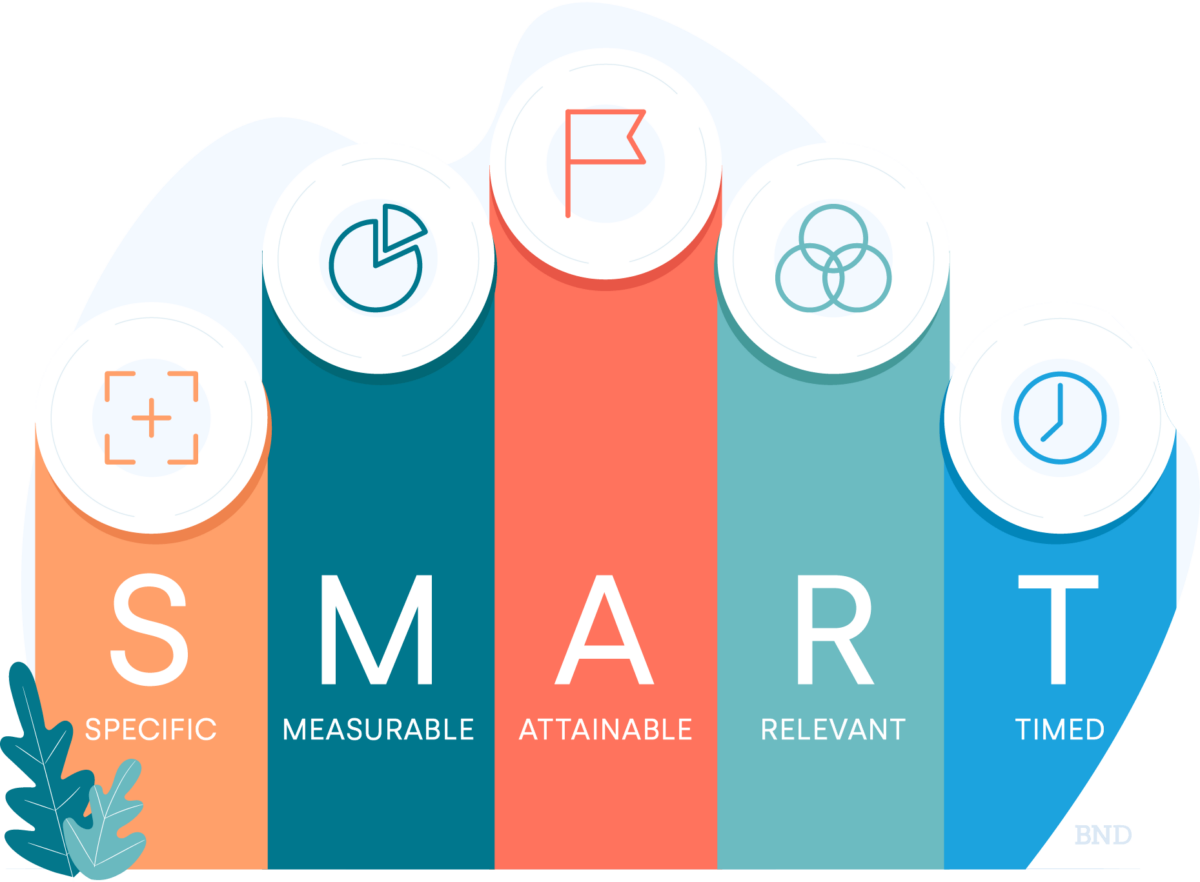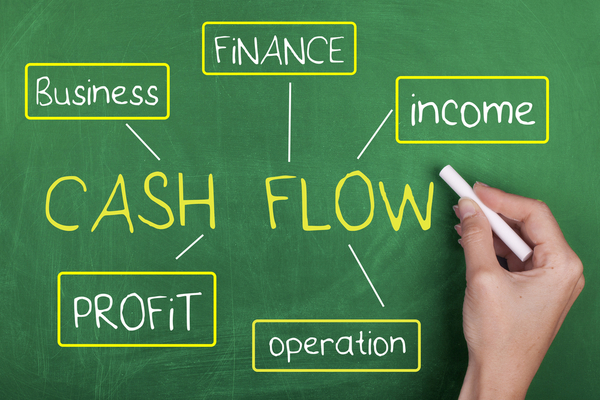Embarking on the journey of entrepreneurship is an exhilarating endeavor filled with promise, potential, and, at times, complexity. One crucial step in establishing your business’s legitimacy and laying the foundation for its growth and success is the process of registration. Registering your business is more than just a legal requirement; it is a strategic decision that grants your venture official recognition, protection, and access to various benefits and resources. In this comprehensive guide, we will navigate the intricacies of registering your business, providing step-by-step instructions, valuable insights, and practical tips to help you embark on this essential journey with confidence and clarity.
Understanding the Importance of Business Registration:
Before delving into the process of registration, let’s first understand its significance:
- Legal Compliance: Registering your business ensures compliance with local, state, and federal regulations, protecting you from legal liabilities and penalties.
- Ownership Protection: Registration establishes your business as a separate legal entity, protecting your personal assets from business debts and obligations.
- Credibility and Trust: Registered businesses often instill more confidence and trust among customers, suppliers, investors, and partners, enhancing your brand’s credibility and reputation.
- Access to Resources: Registration may grant access to various benefits and resources, including government contracts, financing options, tax incentives, and business support services.
Steps to Register Your Business:
Now, let’s explore the step-by-step process of registering your business:
- Choose a Business Structure:
- Determine the most suitable legal structure for your business, such as sole proprietorship, partnership, limited liability company (LLC), corporation, or nonprofit organization.
- Select a Business Name:
- Choose a unique and memorable name for your business that reflects its identity, values, and offerings.
- Conduct a thorough search to ensure the chosen name is available and not already trademarked or registered by another entity.
- Register with the Government:
- Determine the appropriate government agency or department responsible for business registration in your jurisdiction.
- Prepare and submit the necessary registration forms, along with any required documentation and fees.
- Provide information about your business structure, ownership, address, activities, and other relevant details.
- Obtain Licenses and Permits:
- Identify any specific licenses, permits, or certifications required to operate your business legally in your industry and location.
- Research and apply for the necessary licenses from relevant authorities, such as health departments, zoning boards, or regulatory agencies.
- Register for Tax Purposes:
- Obtain a tax identification number (TIN) or employer identification number (EIN) from the appropriate tax authority, such as the Internal Revenue Service (IRS) in the United States.
- Register for state and local taxes, including sales tax, payroll tax, and business property tax, as required by law.
- Open a Business Bank Account:
- Open a separate bank account for your business to keep personal and business finances separate, maintain accurate records, and facilitate financial transactions.
- Protect Intellectual Property:
- Consider registering trademarks, copyrights, or patents to protect your business’s intellectual property assets, such as logos, brand names, products, or inventions.
- Comply with Regulations:
- Familiarize yourself with applicable regulations, laws, and compliance requirements related to your industry, business activities, and geographic location.
- Implement policies and procedures to ensure ongoing compliance with regulatory standards and obligations.
Advanced Tips and Considerations:
To further enhance your business registration process and ensure long-term success, consider the following tips and considerations:
- Seek Professional Assistance:
- Consider hiring a lawyer, accountant, or business consultant to guide you through the registration process, navigate legal complexities, and ensure compliance with regulations.
- Plan for Growth and Expansion:
- Anticipate future growth and expansion opportunities when choosing your business structure and registering your business.
- Consider scalability, flexibility, and potential changes in ownership, management, or operations as your business evolves over time.
- Maintain Accurate Records:
- Keep detailed records of all registration documents, permits, licenses, contracts, financial transactions, and business correspondence.
- Regularly update and review your records to stay organized, compliant, and prepared for audits or inspections.
- Stay Informed and Updated:
- Stay informed about changes in regulations, tax laws, industry standards, and market trends that may impact your business registration and operations.
- Maintain ongoing communication with regulatory agencies, industry associations, and professional networks to stay abreast of developments and opportunities.
Conclusion:
Registering your business is a pivotal step in establishing its legitimacy, credibility, and viability in the marketplace. By following the comprehensive guide outlined above, entrepreneurs can navigate the registration process with confidence, clarity, and compliance, laying the foundation for long-term success and growth. Whether you’re launching a startup, expanding an existing venture, or pursuing a new business endeavor, mastering the art of business registration empowers you to embark on your entrepreneurial journey with integrity, resilience, and vision. So embrace the process, seize the opportunities, and embark on the path to realizing your business aspirations with determination and dedication.

